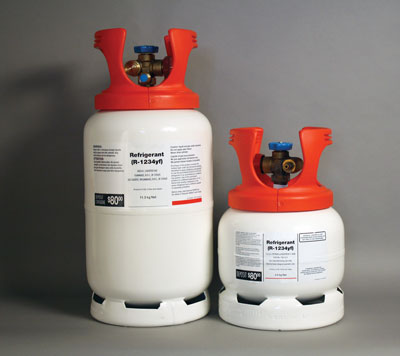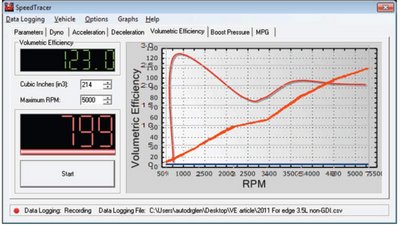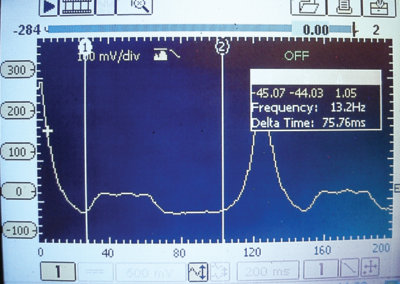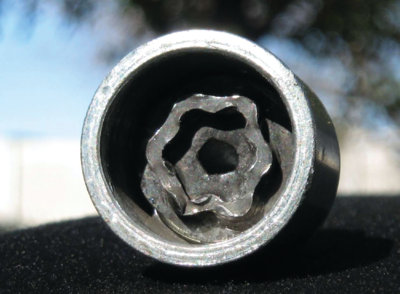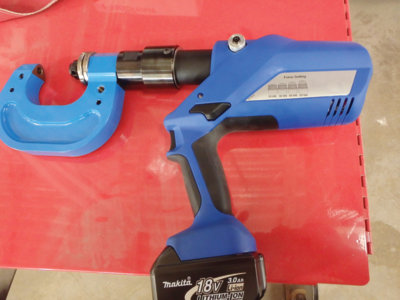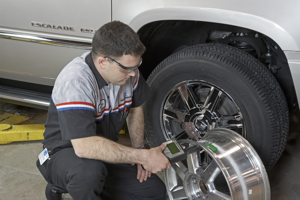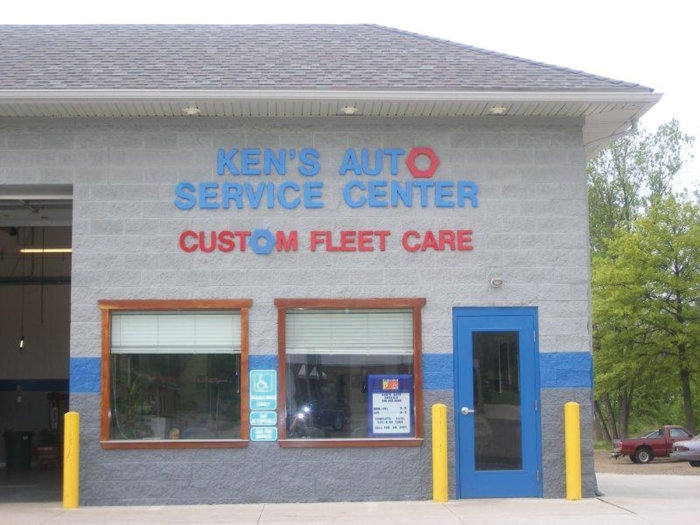 Hella, Inc., the North American aftermarket subsidiary of automotive lighting and electronics supplier Hella, has just introduced a permanent, fully active, radio-controlled system for monitoring vehicle tire pressure and temperature. The new Hella TC-400 system is FMVSS 138 compliant and meets or exceeds the same specifications as all OE-installed systems.
Hella, Inc., the North American aftermarket subsidiary of automotive lighting and electronics supplier Hella, has just introduced a permanent, fully active, radio-controlled system for monitoring vehicle tire pressure and temperature. The new Hella TC-400 system is FMVSS 138 compliant and meets or exceeds the same specifications as all OE-installed systems.
Hella’s TPMS is extremely flexible and can be installed in any vehicle that is not originally equipped with an OE system or has been fitted with upgraded or custom wheels. In the event of a wheel change with an OE-equipped system, the Hella TPMS will allow the vehicle to stay in compliance with Federal regulations.
Hella’s new system uses tire sensor valves in place of conventional tire valves. These high tech sensor valves transmit the tire’s pressure and temperature by radio to the control unit, which forwards the data to the cockpit display. In the event of sudden pressure loss, the control unit triggers an optical and acoustic alarm. Additionally, the system also warns of over-inflation and slow loss of pressure.
The TPMS display can be placed anywhere in the cockpit at the owners discretion. An exclusive feature of the system’s display is the ability to change color to match the vehicle instrument lighting. Seven different colors are available: blue, red, green, orange, light orange, white and light blue.
The display shows the position of each tire on the vehicle and displays pressure and temperature for each tire individually. The display can be easily reprogrammed after a tire change or rotation, and features bars and sections on the tire symbol, which change according to the amount of air pressure. The temperature gauge on the sensor allows the driver to determine the accuracy of the readings as the tires expand and contract from outside air temperature. Each tire can be monitored separately by highlighting the appropriate tire symbol on the display. The air symbol appears along with a warning symbol below to indicate a sudden loss of pressure such as a blowout.
The Hella TC-400 system is compatible with nitrogen-filled tires, but is not suitable for use in heavy-duty applications. It comes complete with an adaptable color display, four sensor valves, central data unit, wiring harness, step-by-step mounting instructions and a user’s manual. Although the Hella system comes with four sensor valves, it can accept up to seven (7) sensors, which also makes it ideal for use with trailers and dually trucks. Additional sensor valves are available from Hella separately.
Ed Note: Maintaining correct tire pressure can help improve driving safety, while reducing unnecessary fuel consumption and tire wear. Industry statistics show that 74% of all cars are driven on tires with incorrect tire pressure, and that 1/3 of all traffic accidents caused by technical reasons can be attributed to malfunctions with regards to the tires. Source: NASS-CDS, February 2001 and NHTSA, March 2005; FMVSS 138 – Final regulatory impact analysis – human factors.
For more information, visit www.hellausa.com.


